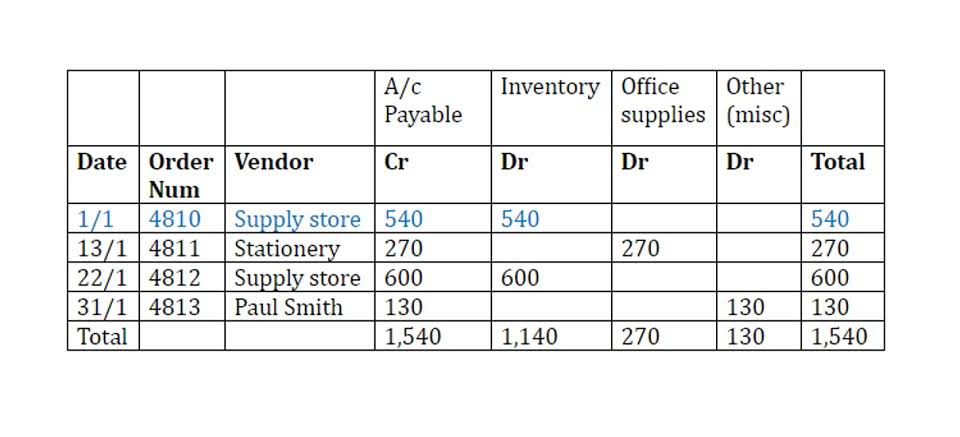
When teams and organizations use RAPID correctly, they execute strategy at pace. Not every decision requires the level of effort and investment that goes into creating explicit RAPID roles. Successful adopters start by applying RAPID to high-value or high-frequency decisions. They create positive and visible impact on priority decisions while enhancing decision-making skills across the organization. Over time, the RAPID framework becomes intuitive and easy to use wherever decision-making roles are not clear. Interestingly, Drucker’s classification system focused on how generic or exceptional the problem was, as opposed to questions about the decision’s magnitude, potential for delegation, or cross-cutting nature.

frameworks for collective decision making
Never mind what industry you’re in, how big and well known your company may be, or how clever your strategy is. If you can’t make the right decisions quickly and effectively, and execute those decisions consistently, your business will lose ground. OVIS also works seamlessly with other important organizational tools including role charters, within which decision rights deserve equal weight alongside other key elements such as accountabilities, leadership behaviors, and success parameters.

RAPID® Decision Making
- As the boss, you should factor that knowledge into your future decisions and actions.
- Yet in many firms, decisions routinely stall inside the organization—hurting the entire company’s performance.
- “If I know someone in the organization’s lower levels can make a tough call that won’t affect other parts of the company, then it’s their call,” says Nick Pudar, director of planning and strategic initiatives at General Motors.
- The Golden Circle, popularized by Simon Sinek, is a framework that focuses on understanding the “why” behind decisions before considering the “how” and “what.” It emphasizes starting with purpose and motivation to drive effective decision making.
In today’s world, there is the added complexity that many decisions (or parts of them) can be “delegated” to smart algorithms enabled by artificial intelligence. Delegated decisions are far narrower in scope than big-bet decisions or cross-cutting ones. They are frequent and relatively routine elements of day-to-day management, typically in areas such as hiring, marketing, and purchasing.
Innovation Strategy and Delivery
We provide insights on how organizations effectively realize value from approaches such as digital business transformation, data monetization, business ecosystems, and the digital workplace. Founded in 1974 and grounded in MIT’s tradition of combining academic knowledge and practical purpose, we work directly with digital leaders, executives, and boards to develop our insights. Our consortium forms a global community that comprises more than seventy-five organizations.
Delegated decisions
If signs of congestion or dysfunction appear, leaders should reexamine the decision-making structure to make sure alignment, processes, and accountability are optimally arranged. It’s also important to develop tracking and feedback mechanisms to judge the success of decisions and, as needed, to course correct for both the decision and the decision-making process. One technique a regional energy provider uses is to create a one-page self-evaluation tool that allows each member of the team to assess how effectively decisions are being made and how well the team is adhering to its norms.
- Some organizations also struggle with lengthy data calls that require week-long hunts for the appropriate data before an informed decision can be made.
- This not only led to faster decisions, but better outcomes — because we had the right people making the right decisions.
- With LogRocket, you can understand the scope of the issues affecting your product and prioritize the changes that need to be made.
- They are frequent and relatively routine elements of day-to-day management, typically in areas such as hiring, marketing, and purchasing.
- There are always nuances and variables that are impossible to be captured by tools.
- By providing a clear and organized approach, these frameworks enable teams to make more confident and effective decisions.
Decision Rights Tools
You need to handle the processes and dynamics with a tight fist to keep people focused on the problem at hand and to maintain options below the line of the absurd. Group decision-making is a must when dealing with sensitive topics or subjects that a lot of people have an interest in. A substantial part of what stakeholder management means is the need to share accountability. Frameworks https://www.bookstime.com/ help a great deal in organizing people and giving clarity on objectives. In one auto manufacturer that was missing milestones for rolling out new models, marketers and product developers each thought they were responsible for deciding new models’ standard features and colors. Conflict over who had final say, endless revisiting of decisions—and missed deadlines that led to lost sales.
I like defining each of those values either through consensus or as an average of involved people’s votes. People tend to be more accepting of their preferred options being deprioritized if they had a say in all votes. RICE and ICE are usually seen as prioritization frameworks, but let’s not forget that prioritization is an exercise of decision-making on its own. It’s perfectly acceptable to broaden both frameworks’ applicability beyond your roadmap. The Golden Circle was introduced by leadership specialist Simon Sinek back in 2009 in his book Start with why.

What are decision rights tools?
Instead of pulling back decision power after a slipup, hold people accountable for the decision, and coach them to avoid repeating the misstep. Similarly, in all but the rarest of cases, leaders should resist weighing in on a decision kicked up to them during a logjam. From the start, senior leaders should collectively agree on escalation protocols and stick with them to create consistency throughout the organization. This means, when necessary, that leaders must vigilantly reinforce the structure by sending decisions back with clear guidance on where the leader expects the decision to be made and by whom.
Members of key decision-making bodies complete such evaluations at regular intervals (after every fifth or tenth meeting). Decision makers also agree, before leaving a meeting where a decision has been made, how they will track project success, and they set a follow-up date to review progress against expectations. Every success, decision making framework every mishap, every opportunity seized or missed is the result of a decision that someone made or failed to make. At many companies, decisions routinely get stuck inside the organization like loose change. But it’s more than loose change that’s at stake, of course; it’s the performance of the entire organization.
دیدگاهتان را بنویسید